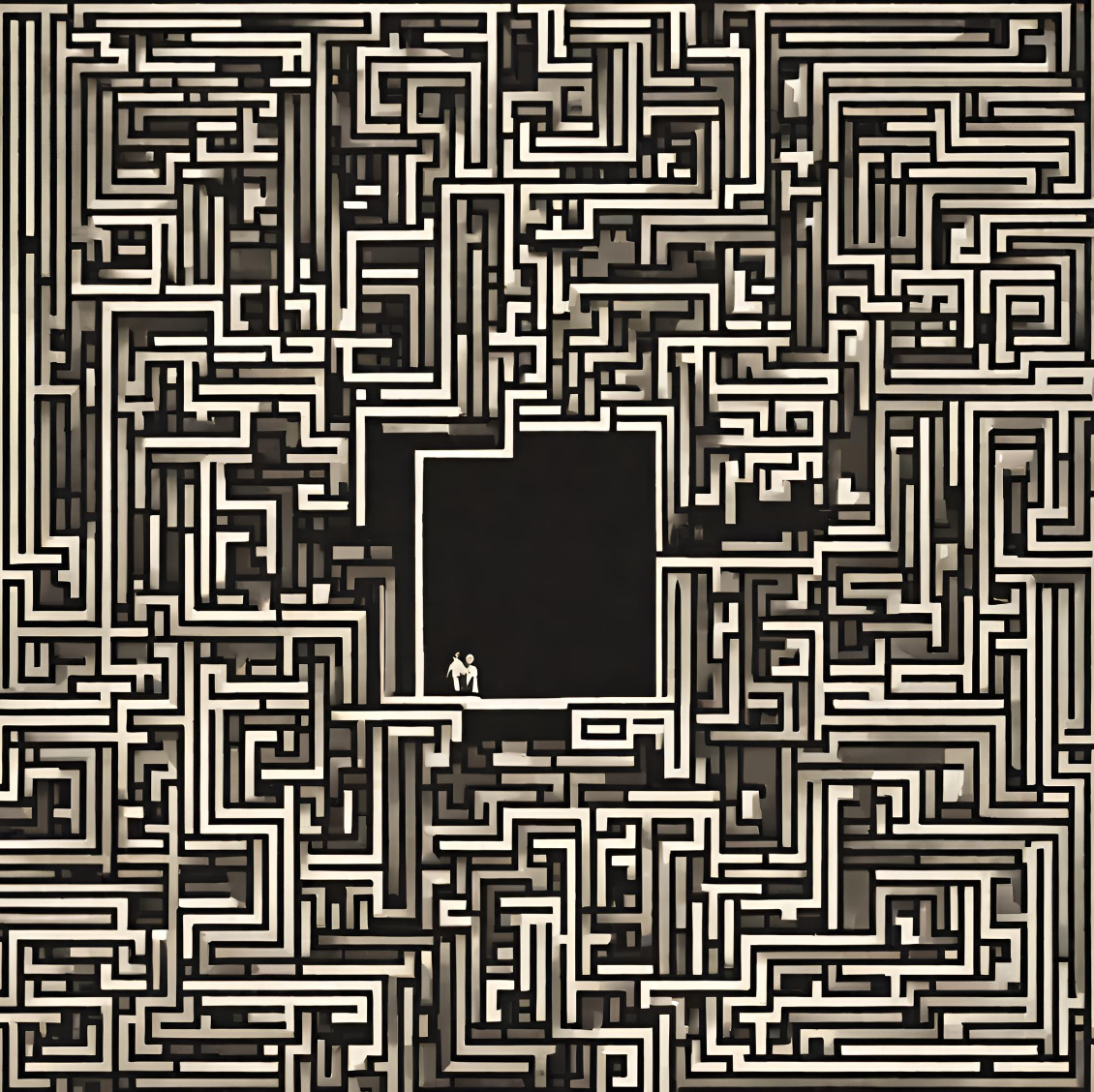125 reads
Machine Learning Enhanced Characterization of Labyrinthine Structures in Bi-doped Films
by
June 26th, 2024
Audio Presented by

A journey through the mind's own pace, unraveling the threads of thought, in the labyrinth's spiraling heart.
Story's Credibility

About Author
A journey through the mind's own pace, unraveling the threads of thought, in the labyrinth's spiraling heart.
